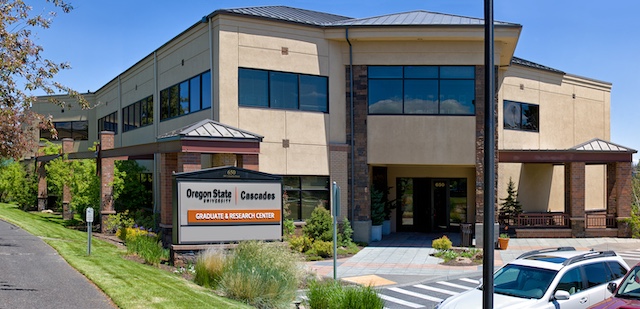Commentary: When will voters believe that crime keeps falling?
Published 9:00 pm Tuesday, August 20, 2024

- Police chase thief
The Major Cities Chiefs Association reported recently that, in the 69 large US cities and counties from which it received data, violent crime was down 6.1% in the first half of 2024 compared with the same period a year earlier, and homicides were down 17.4%. A Council on Criminal Justice analysis of data from 39 cities that have been consistently reporting monthly crime statistics for the past six years found that homicides, robberies and aggravated assaults were all down in the first half of this year relative not just to last year but to the first half of 2019. In the 277 cities from which AH Datalytics collects high-frequency data, murders were down 17.6% as of mid-August relative to the same period last year — a decline that if it (1) holds up for the full year and (2) turns out to be representative of murders nationwide would mean the national murder rate would have retraced all of its rise in 2020 and 2021 and then some.
Next month, we’ll likely get similar or perhaps even better news from the Federal Bureau of Investigation’s quarterly crime report. Also due out this fall are the FBI’s final 2023 crime statistics from more than 15,000 police and sheriff’s departments nationwide. The 2022 edition showed violent crime down 1.7% and property crime up 7.1% from the previous year, while preliminary 2023 data showed both declining, 5.7% and 4.3% respectively.
Trending
This is, first of all, great to see. The frightening crime increase that began in 2020 is looking more and more like a passing phenomenon and not a continuing national disaster like the crime wave of the late 1960s through early 1990s. It also raises an interesting question as one of the two major party candidates for president keeps trying to make crime a top campaign issue. Will the big improvement apparent in the crime data change any voters’ minds?
One answer is sure, eventually, but probably not as many as it should. Public perceptions of crime do shift with crime rates, but there’s usually a lag when crime drops, and even during the great crime decline of the 1990s and 2000s, the share of Americans who thought crime was rising nationally never fell below 41%.
Another answer is that, like everything else these days, views about crime are increasingly determined by partisan leaning. In the most recent Gallup crime survey, conducted last October, 92% of Republicans said crime was up while only 58% of Democrats did. Still, it’s not all partisanship. Democrats and Republicans alike correctly perceived that there was an increase in crime in 2020, while a majority of Democrats have continued to think crime is rising since then even as it falls.
Not every kind of crime is on the decline nationally. Shoplifting rates have risen this year in the cities tracked by the Council on Criminal Justice, and while incidence of auto theft has fallen since last year, it’s still a lot higher than before the pandemic. These are far more common crimes than murder, meaning that for many Americans the sharp fall in homicides is an abstraction while the toothpaste locked up behind glass in the local drugstore is very real.
Another crime report due out next month, the results of the 2023 National Crime Victimization Survey conducted on behalf of the Bureau of Justice Statistics, will offer another reality check on the good news from police crime reports. Over the decades, the survey’s findings have mostly paralleled the FBI’s crime numbers, but the 2022 edition found a marked increase in violent crime victimization over 2020 and 2021 even as reported violent crime fell. I’m betting it will have fallen back again in 2023. If it doesn’t, like many Americans, I’ll get a little more skeptical of the crime decline.








